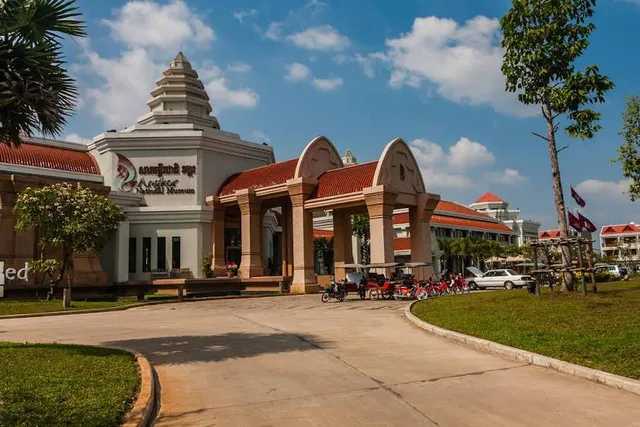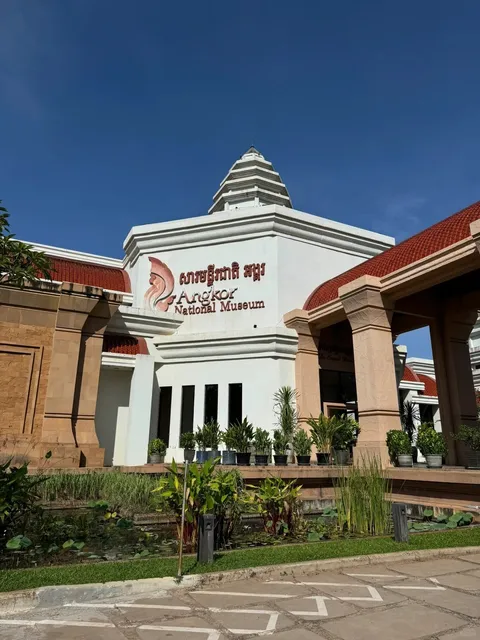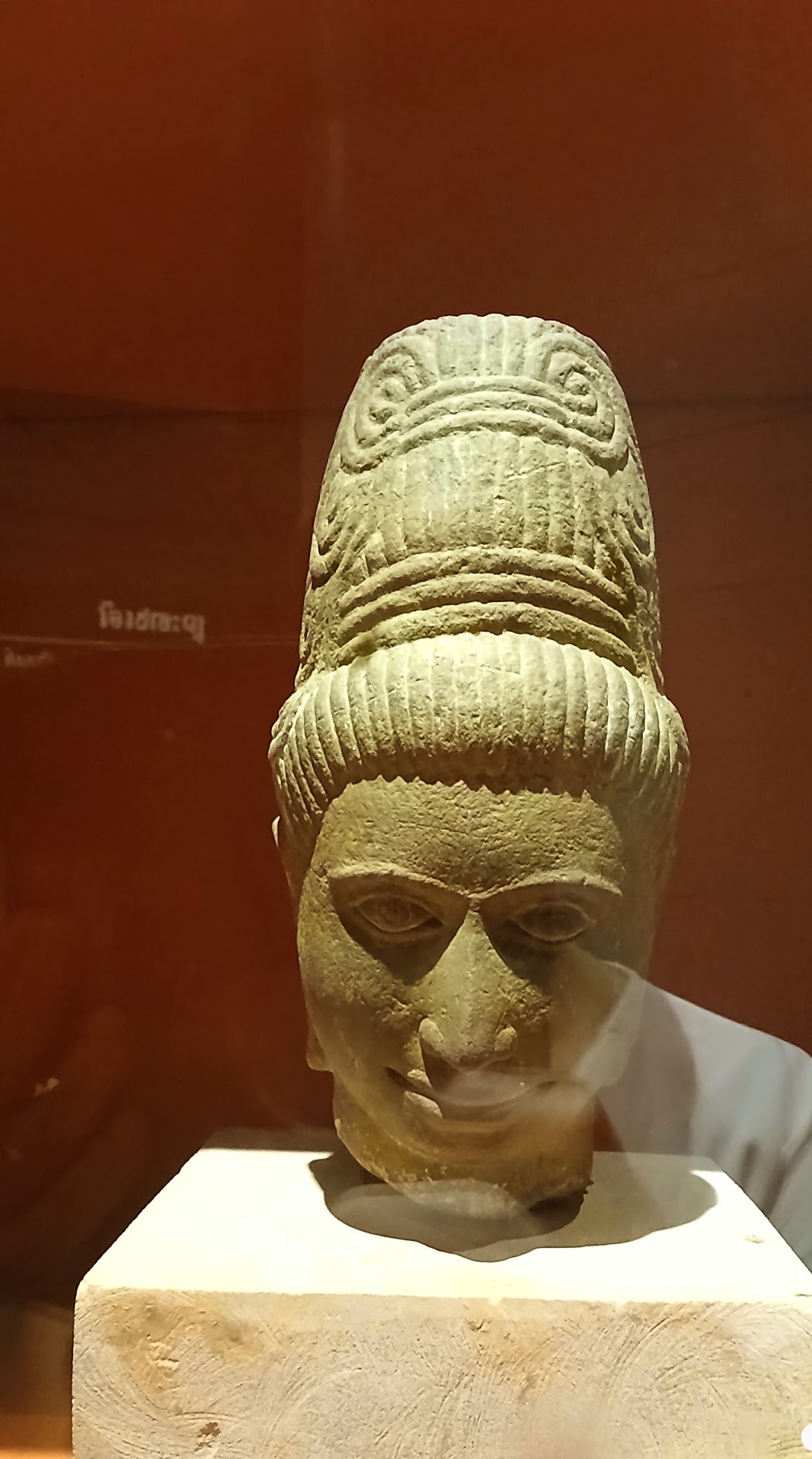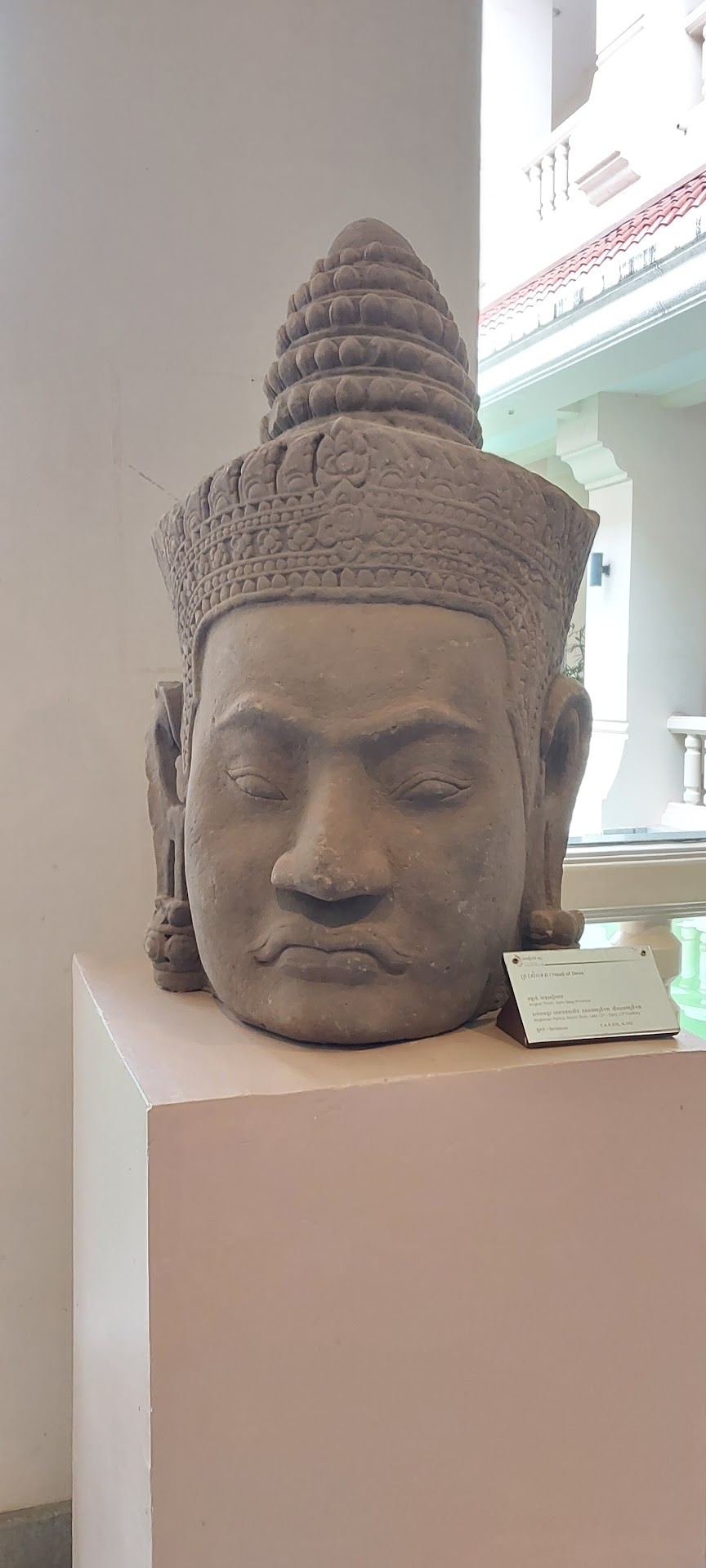Angkor National Museum things to do, attractions, restaurants, events info and trip planning
Basic Info
Angkor National Museum
968 Vithei Preah Sihanouk Ave, Krong Siem Reap, Cambodia
4.4(2.5K)
Open 24 hours
Save
spot
spot
Ratings & Description
Info
Angkor National Museum is an archaeological museum dedicated to the collection, preservation and presentation of Angkorian artifacts, also to provides information and education about art and culture of Khmer civilization, with collections mainly dated from Khmer Empire's Angkor period circa 9th to 14th-century.
Cultural
Accessibility
attractions: Royal Independence Gardens, Preah Ang Chek Preah Ang Chorm Shrine, Miniature Replicas of Angkor's Temples, Royal Residence, Made in Cambodia Market, restaurants: Le Flore Angkor, Soup Mareas Siem Reap, Peace Cafe Vegetarian Restaurant, Ptes Kbeung Siem Reap ( ផ្ទះក្បឿងសៀមរាប ), Ratana restaurant, Master Suki Soup, Embassy by Chef Kimsan, Kroya by Chef Chanrith, Thy Phalla restaurant, TRY ME Restaurant
 Learn more insights from Wanderboat AI.
Learn more insights from Wanderboat AI.Phone
+855 63 966 601
Website
angkornationalmuseum.com
Plan your stay

Pet-friendly Hotels in Siem Reap
Find a cozy hotel nearby and make it a full experience.

Affordable Hotels in Siem Reap
Find a cozy hotel nearby and make it a full experience.

The Coolest Hotels You Haven't Heard Of (Yet)
Find a cozy hotel nearby and make it a full experience.

Trending Stays Worth the Hype in Siem Reap
Find a cozy hotel nearby and make it a full experience.
Reviews
Nearby attractions of Angkor National Museum
Royal Independence Gardens
Preah Ang Chek Preah Ang Chorm Shrine
Miniature Replicas of Angkor's Temples
Royal Residence
Made in Cambodia Market
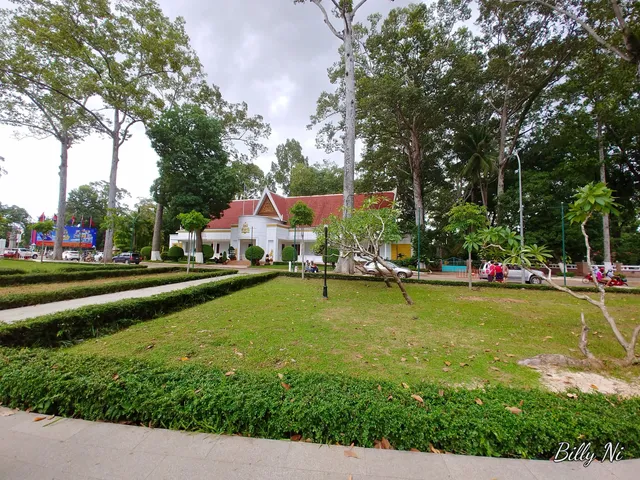
Royal Independence Gardens
4.4
(1.4K)
Open 24 hours
Click for details
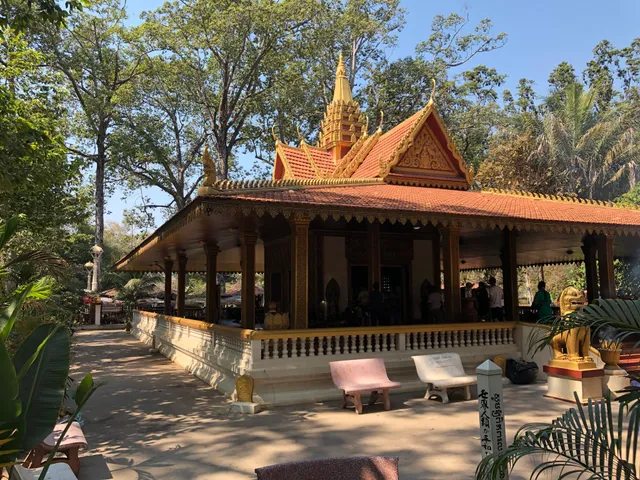
Preah Ang Chek Preah Ang Chorm Shrine
4.5
(306)
Open 24 hours
Click for details

Miniature Replicas of Angkor's Temples
3.9
(138)
Open 24 hours
Click for details
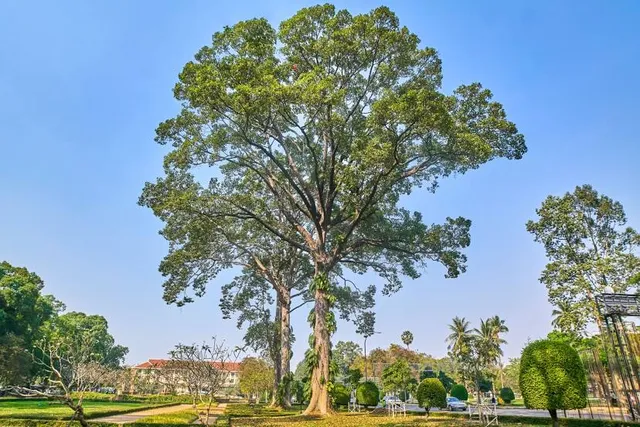
Royal Residence
4.4
(192)
Open 24 hours
Click for details
Things to do nearby
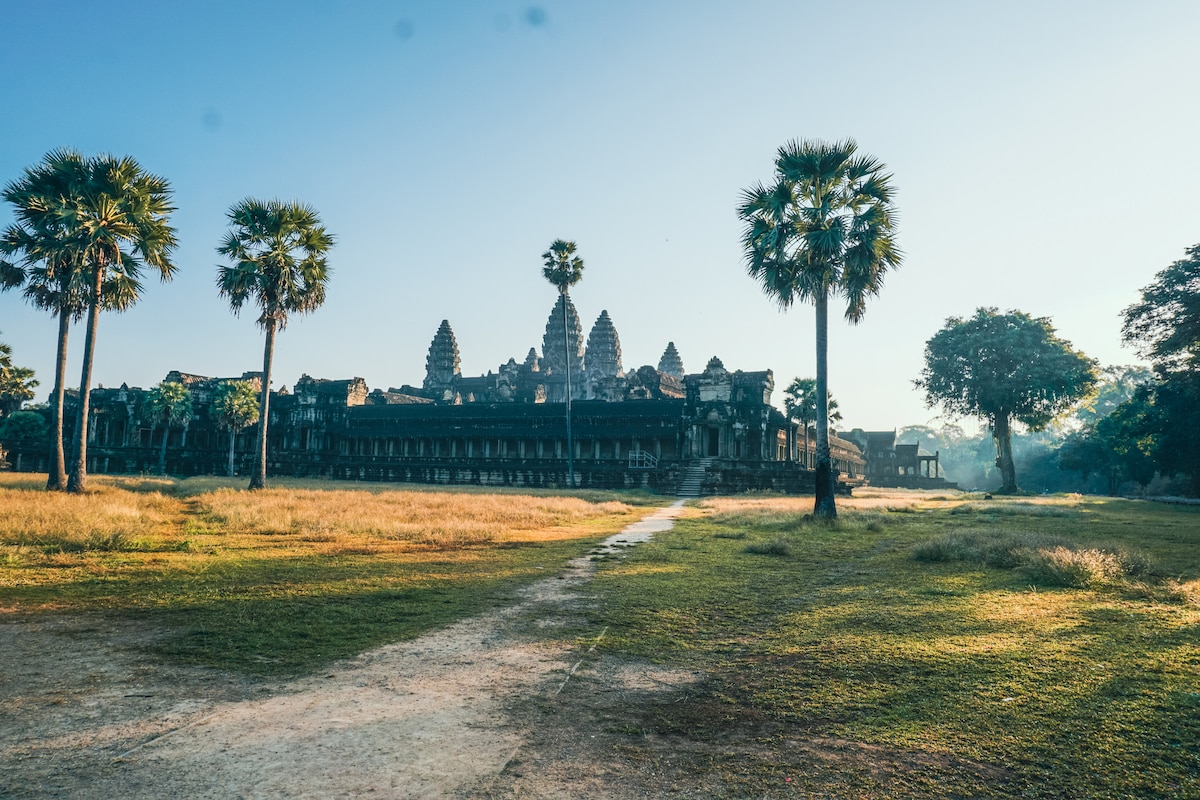
Personalized Angkor Wat Sunrise Tour by Tuktuk
Wed, Jan 7 • 5:00 AM
Krong Siem Reap, Siem Reap Province 17252, Cambodia
View details
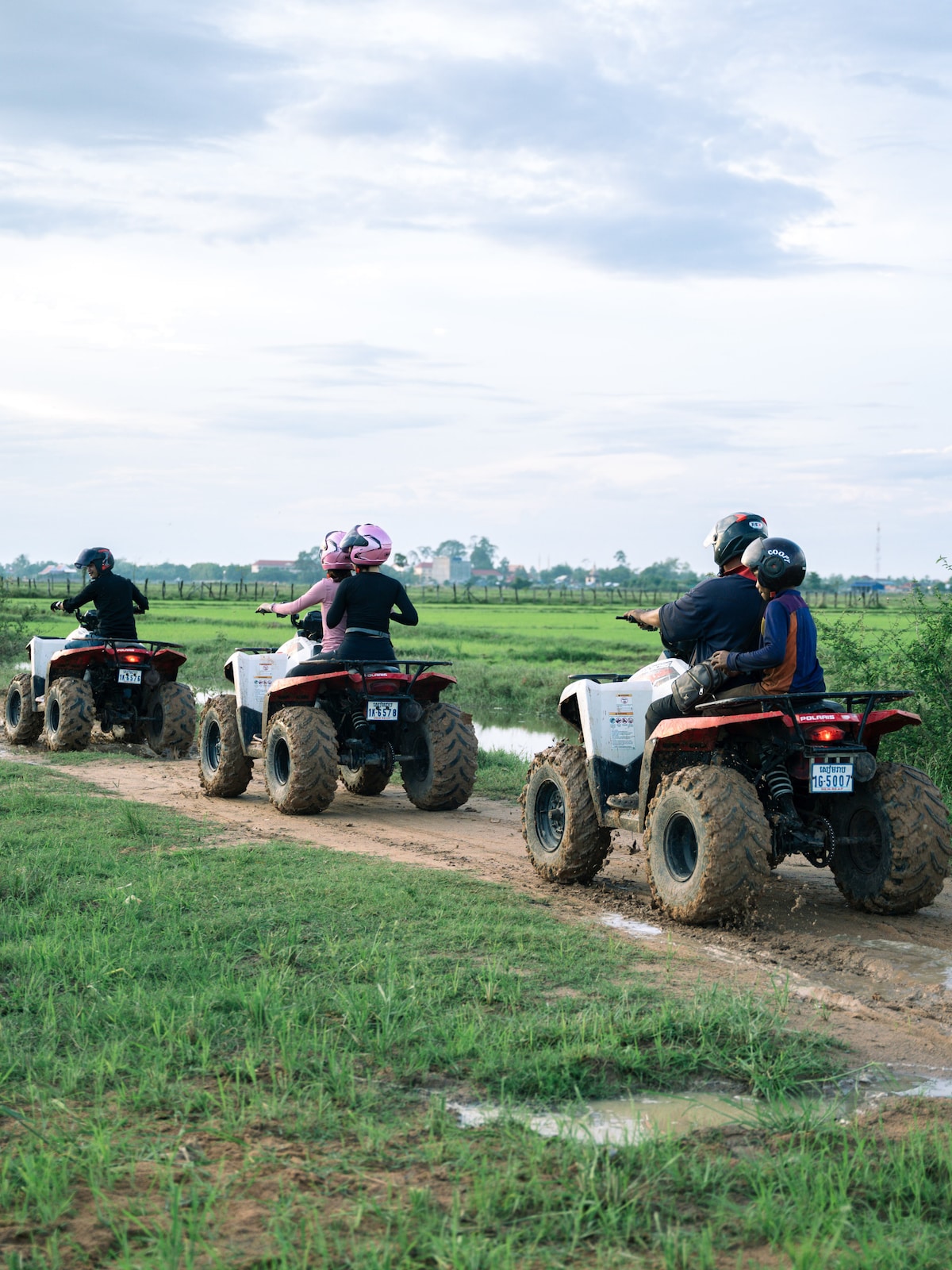
Ride a quad bike through Siem Reap villages
Wed, Jan 7 • 8:30 AM
Krong Siem Reap, Siem Reap Province 17254, Cambodia
View details
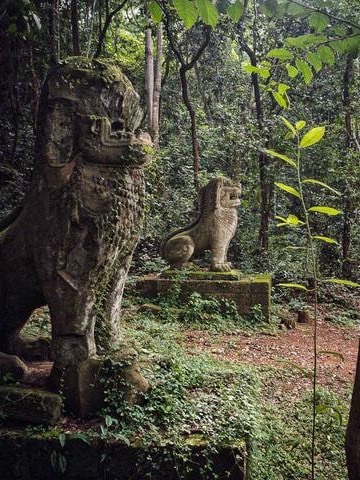
Jungle adventure: a nature and wildlife walk
Wed, Jan 7 • 12:30 PM
Krong Siem Reap, Siem Reap Province 17250, Cambodia
View details
Nearby restaurants of Angkor National Museum
Le Flore Angkor
Soup Mareas Siem Reap
Peace Cafe Vegetarian Restaurant
Ptes Kbeung Siem Reap ( ផ្ទះក្បឿងសៀមរាប )
Ratana restaurant
Master Suki Soup
Embassy by Chef Kimsan
Kroya by Chef Chanrith
Thy Phalla restaurant
TRY ME Restaurant

Le Flore Angkor
4.8
(40)
Click for details
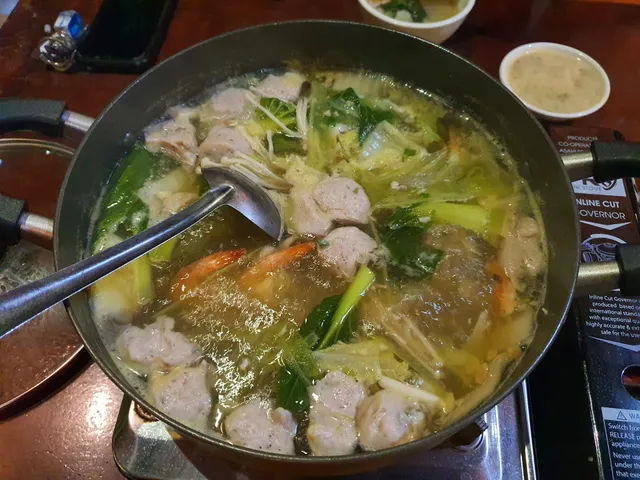
Soup Mareas Siem Reap
4.2
(88)
$$
Click for details
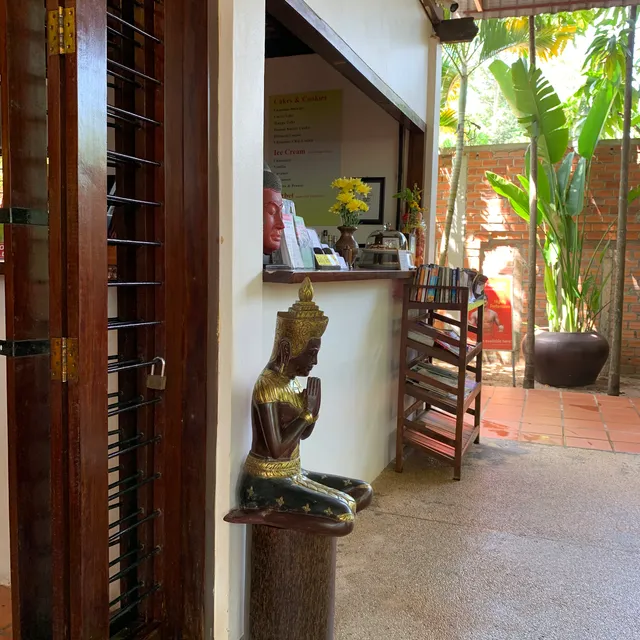
Peace Cafe Vegetarian Restaurant
4.6
(478)
Click for details
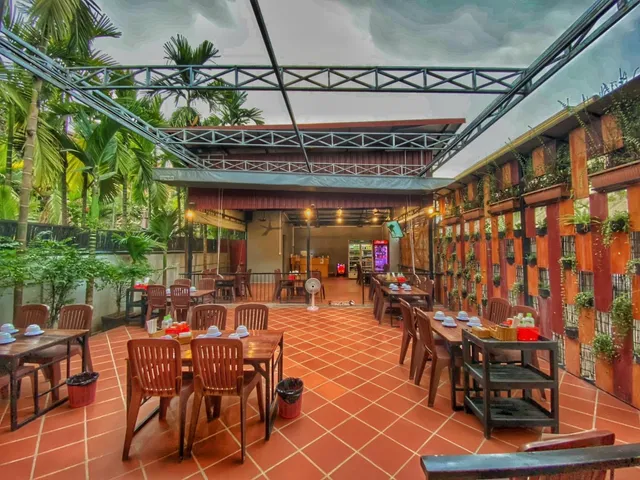
Ptes Kbeung Siem Reap ( ផ្ទះក្បឿងសៀមរាប )
4.3
(109)
Click for details
